Photo
Okay, but DOES IT ACTUALLY HUNT SLUGS. I need to know this.

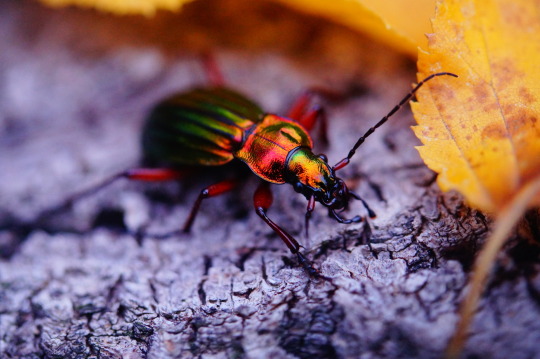








Metallic slug hunter, Carabus auronitens, Carabidae
Found throughout Europe, primarily in humid forests
Photos 1-2 by corinnah
Photos 2-3 by Frank Deschandol // Instagram - Shared with permission; do not remove credit or re-post!
Photo 5 by Frank Vassen, 6-7 by berniedup, 8 by vitlukas, 9 by cpu, and 10 by jeremiefevrier
872 notes
·
View notes
Photo
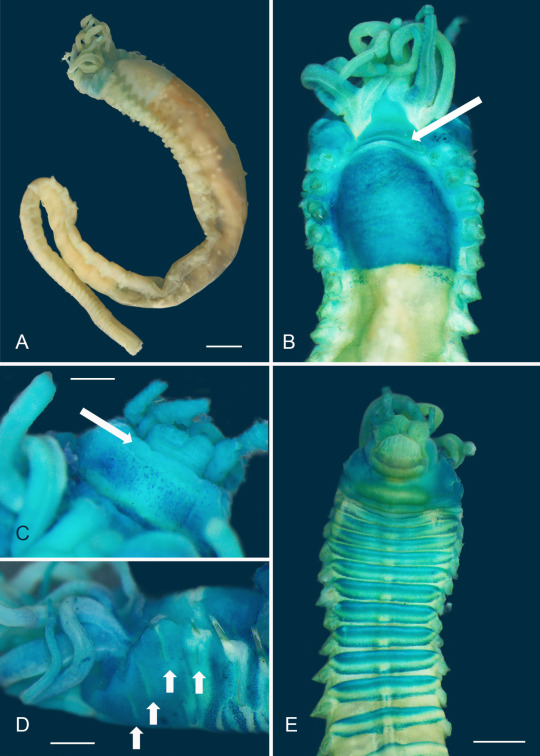

Two New Species of Deep-Sea Worms Discovered
http://www.sci-news.com/biology/two-new-melinnopsis-species-08785.html
69 notes
·
View notes
Text
Science Writing Programs: 2020 Update
For anyone interested in science writing grad programs, here is some updated information about the upcoming year. Obviously now is not the best time to think about….any life plans really, but I’m writing this while I have pandemic free time. Maybe you can use your free time to look into this if it’s truly your heart’s desire.
Before I went to science journalism grad school I spent a boatload of time researching where to go, whether to go, how to go, and I still didn’t have enough information. We’re talking, for six months doing this research was like my part-time job. So I’m happy to impart some of my wisdom and will answer questions if they’re not already in my FAQ.
Most importantly, if you are not very interested in this field, keep scrolling. Journalists are losing their jobs by the bucketful and the field is low-paid and competitive. I recommend that no one join me here in ass hell. But if you’re dead set, and truly believe that going to grad school is the only way you’ll get in, then here are some basics. There’s more info on their websites.
1. MIT Science Writing
Just one year, prestigious, you’ll be surrounded by smart, sciencey people, Cambridge Massachusetts.
Price: This is the best science writing program in my opinion because it is free. It says on their website “One Hundred Percent” of their students receive aid but it doesn’t make it clear that the aid covers one hundred or more percent of the tuition (as in, you get extra to help with living costs.)
Pandemic plan: Here is MIT’s plan for re-opening in 2020. Keep in mind that grad programs are pretty insular and not like being a normal undergrad student so the individual program might have different rules. In the pandemic, you might be able to ask for remote learning, but no promises.
Applications due Sept 15, so get rolling on those tests and letters of recommendation!
2. NYU Science, Health and Environmental Reporting Program
Also a really good program. The only one that has a thorough website; I am moved to tears by their transparency. 1.5 years of school, with a very talented director who 1) won a Pulitzer for a book and 2) actually answered my questions when I asked for what kind of salary science journalists usually make. Also this program is in NYC which has a much bigger media industry than Boston/Cambridge, so the opportunities might be better. Plus the director really cares about placing his students and goes to bat for them. I wish I went here but I doubt I would have been offered admission because it’s too good.
Price: $78k, but average financial aid last year was $56k off. So, approximately $22k.
Pandemic plan: No GRE is required this year. I did a GRE for BU and man was it ever pointless. They are offering classes in-person or online if you prefer. (If you get in! For goodness sake do not assume you will get in just because it’s free. That makes it even MORE competitive.)
Applications were due Jan 4, but they accept late admissions. Grad school is weird and very personal; if they like you, they’ll admit that some rules were never really rules in the first place and break them for you. Still, at this point maybe think about preparing to join 2021 instead.
3. BU Science Journalism MS
This is the program I did so I know most about it, but the only thing you really have to know is: It is no more.
4. UCSC Science Communication Certificate
The only public school. Very strict on requirements: you need your own car and a science degree and research experience.
Price: $18k for California residents, double for out of state. You can move to CA for one year or register a business there (which I have heard is pretty easy and costs $200) to get in state tuition.
Applications: Closed for 2020 now, but they open in October for 2021. That’s coming up!
4. Johns Hopkins MA in Science Writing
Probably the best option for a pandemic as it is online! I think IRL networking is very important in a grad degree but what can you do. This one is by far the most flexible and is more like an undergrad degree in that you just take the classes as you like.
Price: $29,844 for tuition. Other fees apply. I didn’t see anything about scholarships but I bet you could get them.
Applications: I don’t know when they’re due but you can start in fall, spring or summer. None of the other programs offer that!
92 notes
·
View notes
Photo
This is a most glorious fly.
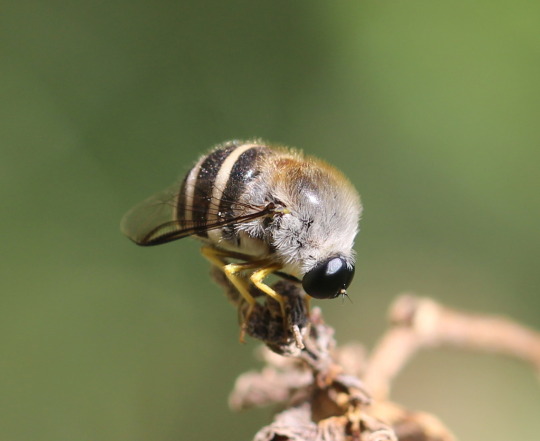
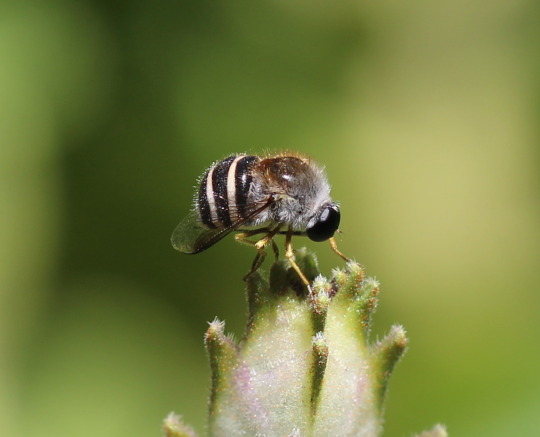



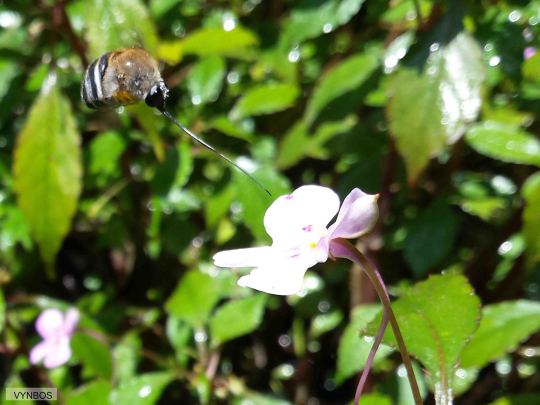


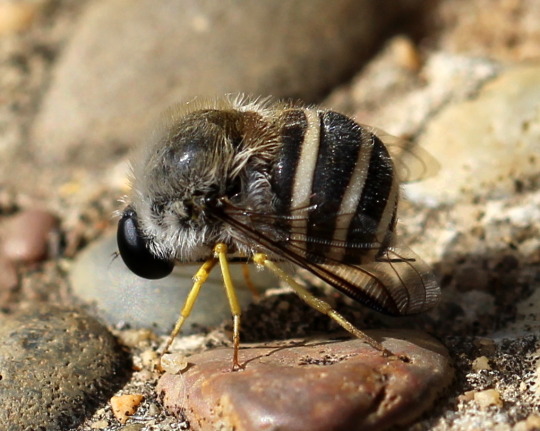
Bee mimic small-headed fly, Psilodera fasciata, Acroceridae, Diptera
Found in South Africa, Psilodera fasciata is a species of small-headed fly. As far as it is known, all species of small-headed flies are parasitoids of spiders. After eggs hatch, larvae seek out spiders, burrow through their body wall, and live inside the spider’s body while developing, but mature larvae pupate outside of the spider. Adults are nectar feeders with an exceptionally long proboscis.
Photo 1-4 by cecileroux, 5-7 by vynbos, and 8-9 by cecileroux
2K notes
·
View notes
Video
This is awesome. And also incentive to go study my Animal Physiology course.
Icy water runs through their veins - Firebrick seastar - Asterodiscides truncatus #marineexplorer by John Turnbull
Via Flickr:
Sea stars have a vascular system - but it doesn’t pump with blood like in other animals. Instead, sea water runs through the sea star, taken in by a tiny inlet on the top, and pumped through a series of vessels to power locomotion and other physical actions. Shark Point Clovelly
22 notes
·
View notes
Text
why the FUCK is there a big spider on my bedroom wall it doesn't look like any spider i've ever seen in my entire life what the fuck
70K notes
·
View notes
Photo
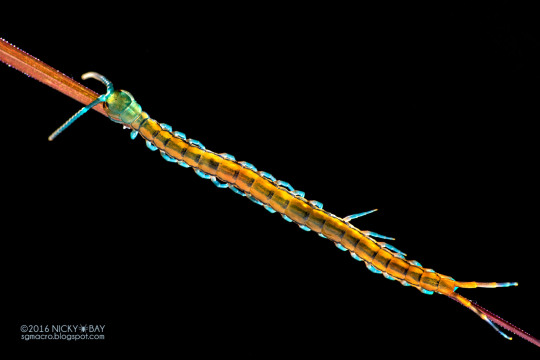




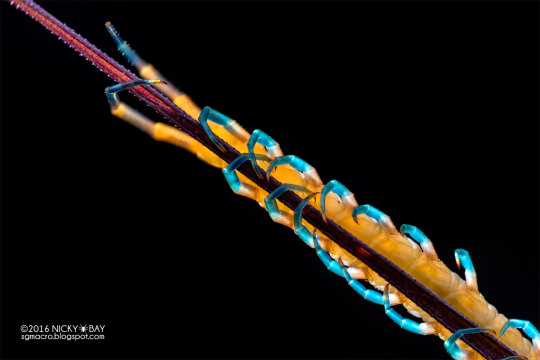
Unidentified Centipede (Chilopoda), Singapore
Photos by Nicky Bay // Website // Facebook
Photos posted with permission; do not remove credit or re-post!
748 notes
·
View notes
Photo
I think I’m in love.
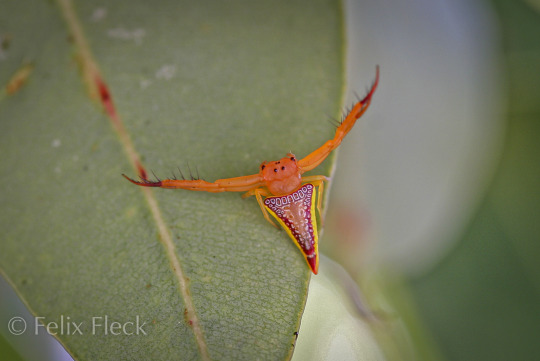




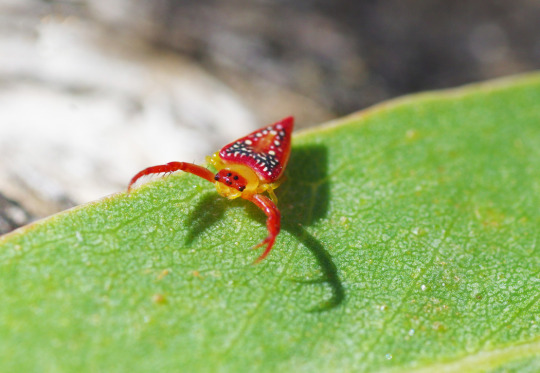

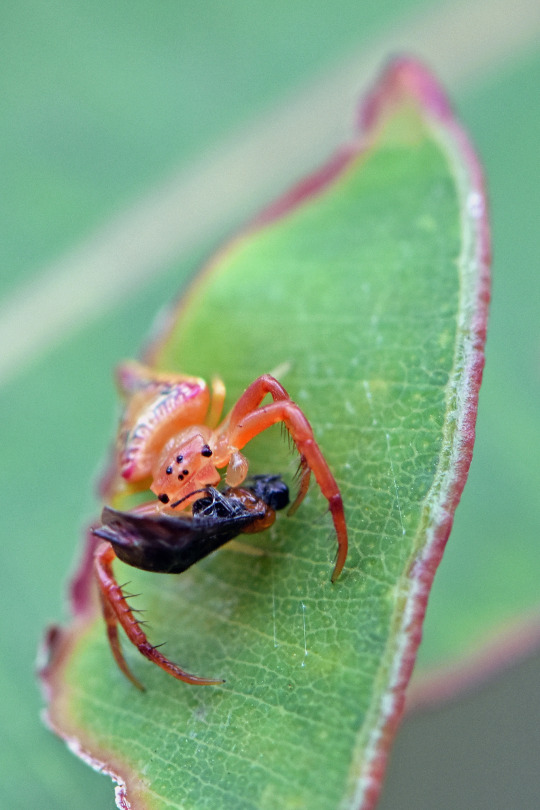


Walckenaer’s studded triangular spider, Arkys walckenaeri
Found in Australia and surrounding islands, they are ambush hunters that do not build webs.
Photos by flecksy (1-2), simongrove (3-4), lrogan (5), geoffboyes (6-7), cherylmacaulay (8-9), and peggydnew (10)
2K notes
·
View notes
Photo
<3





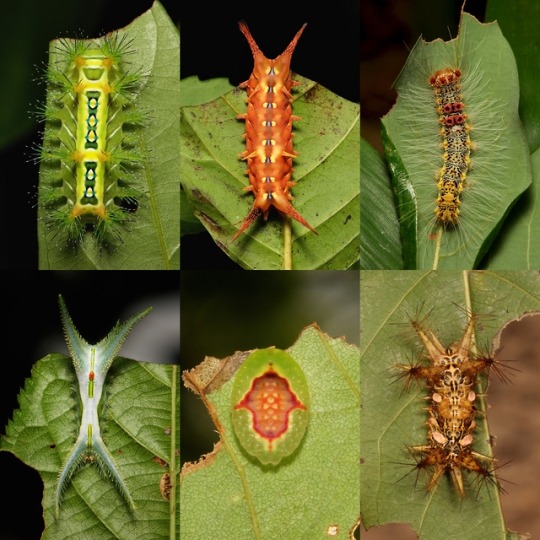


For my 4001st post:
“THE VIEW FROM ABOVE - Chinese caterpillars seen from the dorsal aspect”
View all the images in the THE VIEW FROM ABOVE series on Flickr, HERE.
All subjects from Pu'er, Yunnan, China
See more Chinese caterpillars on my Flickr site, HERE…
746 notes
·
View notes
Link
Copypasting this from the Entomology facebook group, credit to the original post by Sloan Tomlinson.
Transcript:
The admins of Entomology stand in total solidarity with the Black Lives Matter movement. We are, and always will be, a safe place of inclusiveness for all, regardless of the colour of your skin, your religion, your background, your gender, your sexual orientation, etc., we stand by you. We vehemently condemn any form of racism, bigotry, and harassment in our group, and we will readily ban anyone who practices such things in our group. No persons should feel unsafe when out collecting or photographing insects because of the colour of their skin. Discrimination is still alive and well, and we, as a scientific community group that spreads across the globe, stand against it. There is nothing political about this message, civil rights are a human right, as scientists and hobbyists in the field of entomology we ALL need to stand behind and for the marginalized people. People of Colour in America and across the globe face trials and tribulations on a daily basis, and their voices should be heard, their lives valued, and their contributions and accomplishments acknowledged.
Four African Americans who pioneered in entomology:
Margaret James Strickland Collins was a child prodigy who started college at 14, and went on to become the first African American woman entomologist after earning her PhD from the University of Chicago. She was a strong supporter of the civil rights movement in the 1950s, she helped drive people to work during the Florida A&M bus boycott, received bomb threats for planning to give a university talk about Biology and Equality. She became the president of the Entomological Society of Washington and worked as a research associate at the Smithsonian Institution. She worked closely with termites and even helped discover a new species: Neotermes luykxi.
Charles Henry Turner was an entomologist, educator, and comparative psychologist, who was the first African American to ever earn a PhD from the University of Chicago. He went on to publish many papers about the behaviours of insects, notably bees and ants. He tried to get teaching positions at universities, but due to the colour of his skin he was denied and ended up teaching high school in St. Louis, Missouri. Even though teaching high school dominated his career, he spent a good deal of his time working on behavioural aspects of various insects, publishing papers that included : “Habits of Mound-Building Ants”, “Experiments on the Color Vision of the Honeybee”, and “Hunting Habits of an American Sand Wasp”. He was active in the struggle for equal rights in education for African Americans.
Lonnie N. Standifer became an expert on honey bee physiology and nutrition and after earning his PhD from Cornell University in 1954 he went on to teach at Cornell, Tuskegee, and Southern University. Eventually he began working for the USDA and became the first African American to be appointed director to the USDA’s Carl Hayden Bee Research Center, where he added bee nutrition research to their repertoire. His work with bees gained published papers in multiple scientific journals including the Annals of the Entomological Society of America. In addition to his scientific contributions he also was a counselor member of the Tucson Council for Civic Unity.
Sophie Lutterlough applied for a job at the Smithsonian National Museum of Natural History in 1943, but racial barriers made her unable to have the job she wanted in the curatorial and science departments of the museum. Hired an elevator operator (the first woman to ever have that role at the museum), she worked at that for 14 years, but in those 14 years she absorbed virtually all knowledge held in that museum, becoming what she called “a one-woman information bureau”. In 1957 her knowledge was finally recognized and she began working in the insect curatorial department, where she became a research assistant within two years. There she began preparing and classifying specimens, being personally responsible for preparing and restoring hundreds of thousands of insects, classifying thousands, and co-identifying 40 type species. She finally retired in 1983, 40 years after beginning and lamented her one challenge left was “getting used to not coming to work at this wonderful institution.”
African Americans still remain sorely underrepresented in the field of entomology. In 2008, only 8 faculty members of 1348 in the US were African American. We stand for all People of Colour and marginalized people across the globe, we see you, we support you, and this Entomology group is open to all.
218 notes
·
View notes
Text
Leech Time!
Some tips and facts for artists, plague doctors, and leech lovers!


I see a lot of art where people put the teeth at the big end of the leech, but the little end is actually the head! That’s where the eyes and jaw are located. Both ends have suction cups (just like an octopus) but only the head can bite you. This is actually meant to confuse predators, who also assume the big end is the head. It’s much easier to get away if the predator bites your butt instead of your face! I also see lots of art where the leech is depicted as solid black, but leeches actually have very bright and beautiful colors! You just can’t see them well under dim lighting.


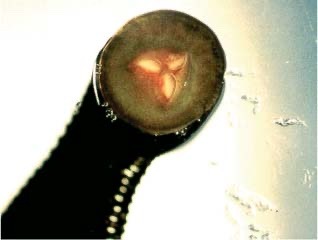
Leeches don’t have a ring of teeth. The first picture is a lamprey, which is a kind of fish. Not related to the leech at all. Leeches have tiny jaws with three teeth that they use to carefully saw open skin (the middle and last pictures show the jaw closed but visible, and open). They leave behind a Y-shaped mark just a little bigger than a mosquito bite.
Unless you have like 500 of them, leeches can’t suck you dry. In the case of the European medicinal leech, they only drink about what a doctor would take for a blood test. Not dangerous at all! And it doesn’t even hurt, because leeches inject an anesthetic which numbs the area before they start feeding. This is part of why they were so popular for bloodletting, because it hurt much less than a doctor cutting you and draining the blood into a bowl.

Leeches aren’t as scary as people think! They’re actually very sweet, gentle animals that are classified as “domesticated” (the medicinal ones, at least). When they’re not feeding, they retract their jaw and only show the lip, which gives them an adorable :3 face!
Even if a medicinal leech is hungry and you’re trying to get it to feed, you have to sit very still and wait for it to select a spot, which can take a while. Once it finds a perfect spot, it’ll still take a full 10-30 seconds for it to actually latch on and start feeding. They don’t just bite out of the blue, so you have plenty of time to pull it off if you don’t want it to feed.
Happy leeching!
4K notes
·
View notes
Text
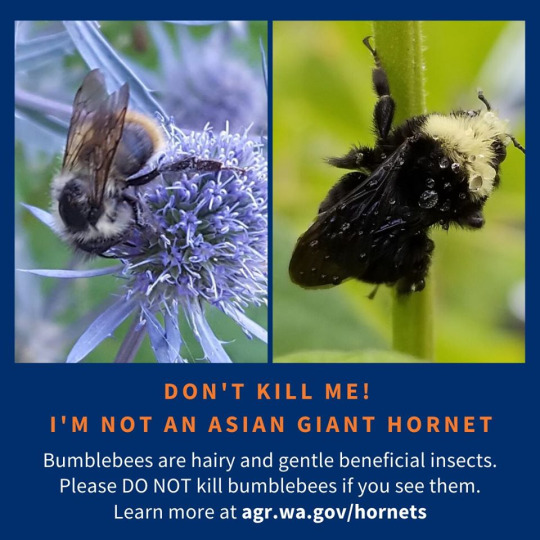
It’s been only a couple days and the Washington State Department of Agriculture has gotten so many photos, emails and calls from people killing bumblebees that they had to post this on their facebook and twitter who the fuck in the entire world doesn’t know what a goddamned bumblebee is
2K notes
·
View notes
Photo


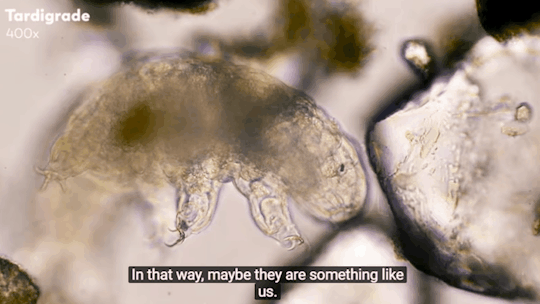
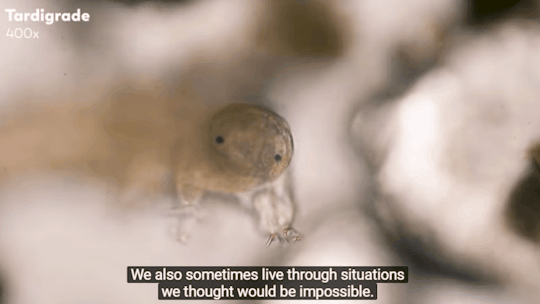
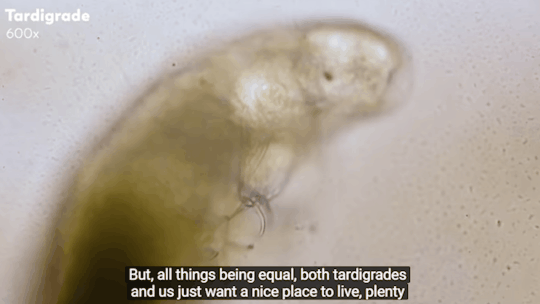
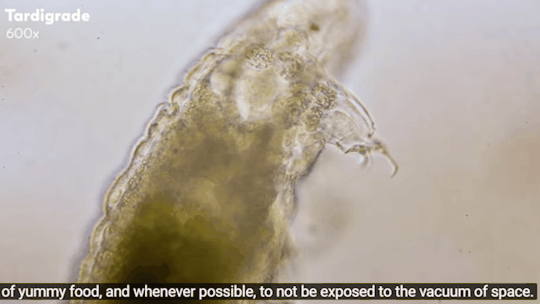
Journey to the Microcosmos: Tardigrades: Chubby, Misunderstood, & Not Immortal
Images originally captured by Jam’s Germs
Thank you @airyearthgirl for inspiring me to gif these amazing lines
92K notes
·
View notes
Photo
Maybe I’ll just start carrying my little “I’m on holiday in the desert” UV light with me ALL the time! Turns out I left it out for a reason.



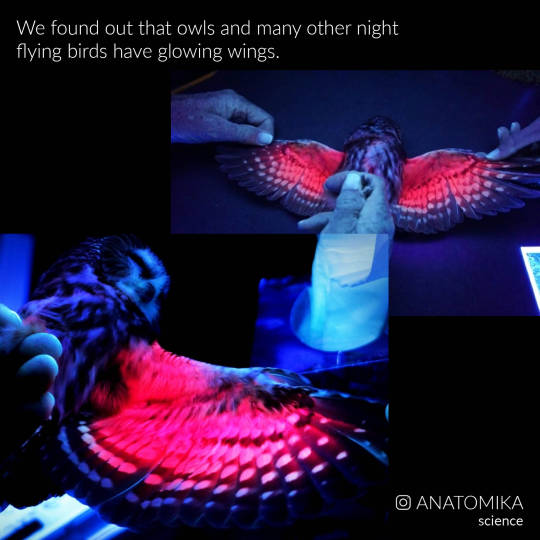
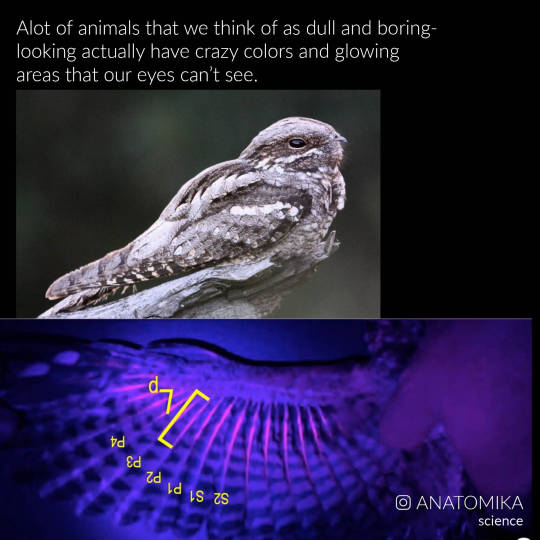


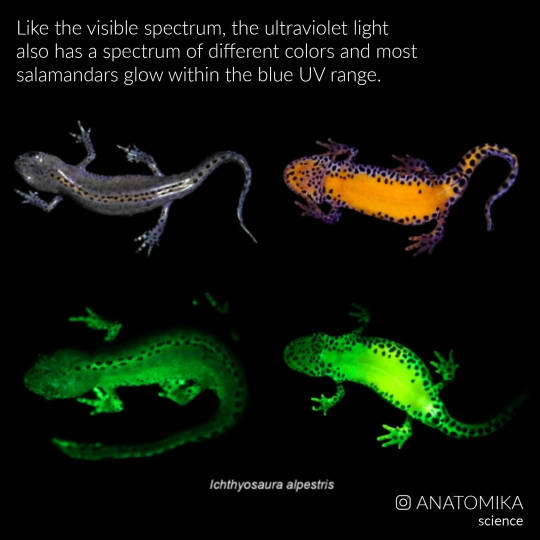
We’re only finding out recently that a lot of animals have colors and patterns that we cannot see because they’re outside of our visual range. It calls to attention how much of the world we can’t experience because our senses are limited.
When we shine UV lights on them, they glow pink or blue, but these are the colors that we CAN see…. they could be a bunch of different colors, which we SEE as all pink.
It’s also interesting to consider that most of these animals are not aware of having glowing patches on their bodies…. isn’t it also possible that we have skin or hair patterns that were not aware of?
.
.
(There is actually some research out there to support the idea that our own skin fluoresces as well and that there are gender differences in the pattern and glow.)
Other places to see my posts:
INSTAGRAM / FACEBOOK / ETSY / KICKSTARTER
192K notes
·
View notes


